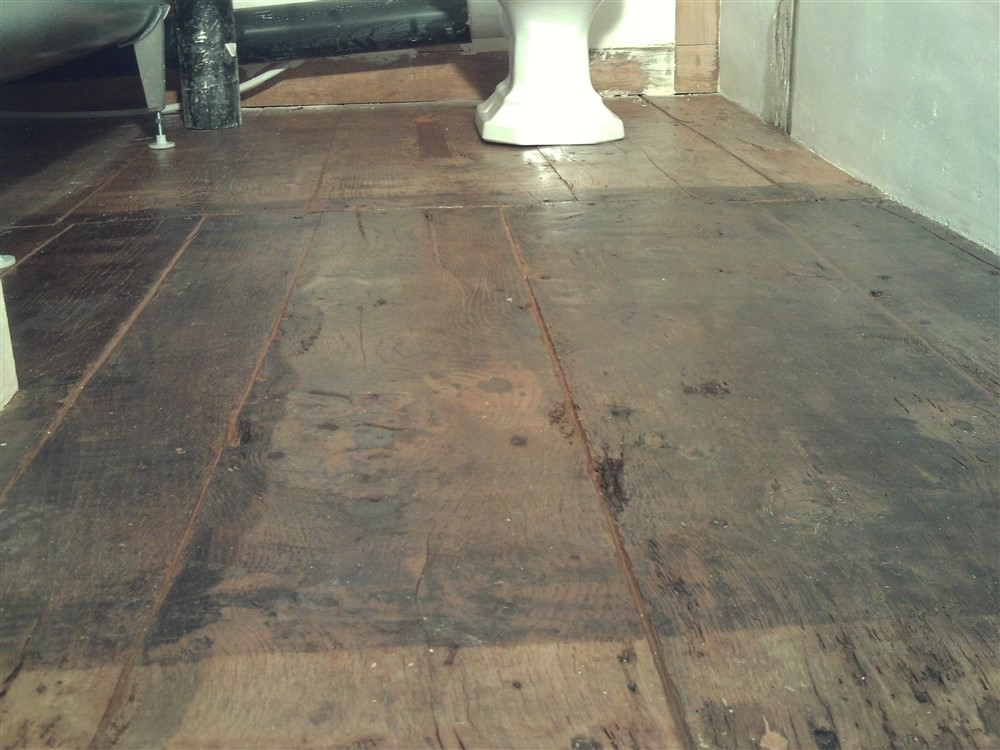I’m looking for a bit of advice on restoring Victorian pine flooring in the house we have recently moved in to. Downstairs the floor has been an exposed wood floor for a long time and looks to have been previously treated, whereas the majority of the floors upstairs have been under carpet.
Unfortunately, the gaps between boards downstairs have been are filled with some horrid silicone type filler, whilst the upstairs floorboards gaps are either empty, filled with dirt, or a brittle substance. Presently I’m just trying to scrape this out.
Since several boards are likely going to have to be replaced with reclaimed stock, and other works to the house will likely damage a few more, I’m wondering what the best way forward is. Do I want to:
- Leave as much down as possible, and then progress more rapidly to sanding/treating etc.
- Use this as an opportunity to ultimately raise all the boards, condition them better and then replace all nails with flooring screws to reattach them? If this option is better, would it also be advisable to slightly reposition the boards to close or the gaps or just try to preserve the existing layout?
We’ve looking into a few flooring companies but most seem to give the impression that they’re focussed on sanding, whereas I think getting the fundamentals right should probably be the greater focus. Happy to tackle as much as possible ourselves, but obviously don’t want to dig ourselves into an increasingly bigger hole.
Unfortunately, the gaps between boards downstairs have been are filled with some horrid silicone type filler, whilst the upstairs floorboards gaps are either empty, filled with dirt, or a brittle substance. Presently I’m just trying to scrape this out.
Since several boards are likely going to have to be replaced with reclaimed stock, and other works to the house will likely damage a few more, I’m wondering what the best way forward is. Do I want to:
- Leave as much down as possible, and then progress more rapidly to sanding/treating etc.
- Use this as an opportunity to ultimately raise all the boards, condition them better and then replace all nails with flooring screws to reattach them? If this option is better, would it also be advisable to slightly reposition the boards to close or the gaps or just try to preserve the existing layout?
We’ve looking into a few flooring companies but most seem to give the impression that they’re focussed on sanding, whereas I think getting the fundamentals right should probably be the greater focus. Happy to tackle as much as possible ourselves, but obviously don’t want to dig ourselves into an increasingly bigger hole.




































